
The tech industry, often seen as a land of endless innovation, also hides some deeply contentious practices in its hiring processes. While many dream of contributing to its advancements, a closer look reveals significant debates about fairness and equity. The promise of groundbreaking careers often comes with a set of unspoken rules and technological gatekeepers that are anything but straightforward.
In our digital age, algorithms increasingly shape not just our lives, but also who gets hired and who doesn’t. From leaked memos detailing “secret internal selection guidelines” to high-profile lawsuits challenging algorithmic bias, the conversation about how major tech companies vet talent is getting louder and, frankly, a bit unsettling. It highlights a landscape where a candidate’s fate can be sealed by a line of code or unwritten rules, often without their knowledge or a clear understanding of why they were passed over.
So, get ready as we dive deep into some of the most talked-about and controversial hiring practices currently used by leading tech companies. We’ll explore how these methods are impacting the workforce, for better or worse, and why they’re sparking such passionate reactions across the industry and beyond. It’s time to pull back the curtain and see what’s truly happening behind the digital gates of some of our biggest employers.
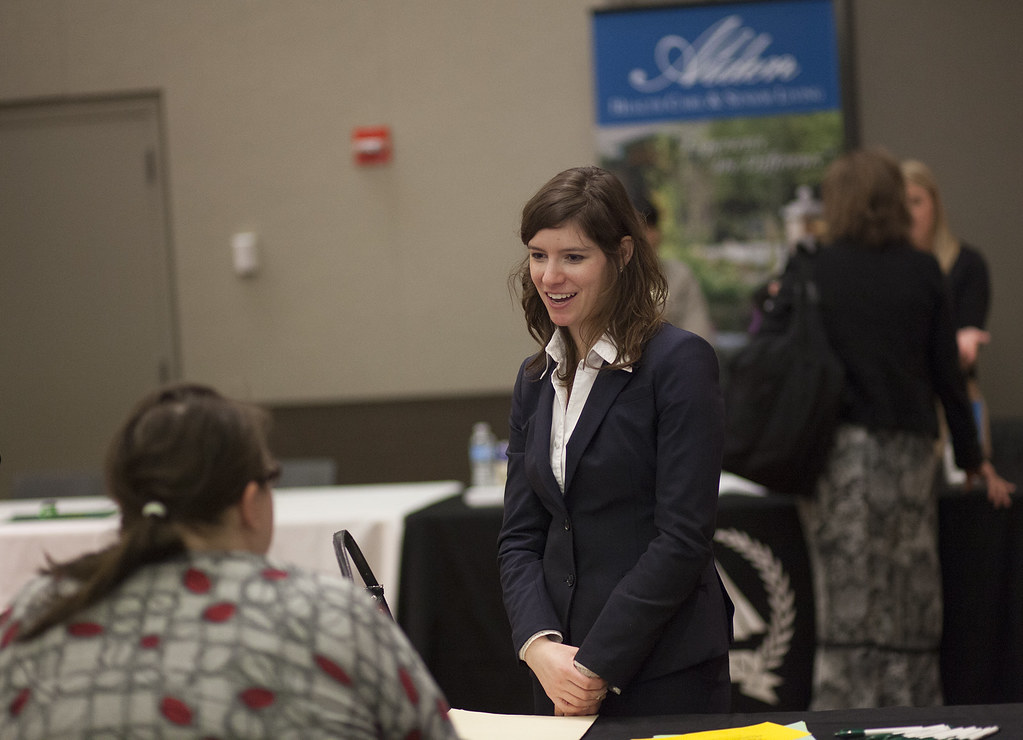
1. **Blacklisting Candidates from Major Tech Firms**: Imagine putting in years at a recognized tech giant, honing your skills, only to find out your resume is automatically flagged for rejection by another company – not because of your qualifications, but because of where you’ve previously worked. This alleged reality emerged from a viral Reddit post featuring a leaked internal recruitment memo, explicitly stating that candidates from certain companies “are not the right fit.”
The shock is palpable because this blacklist reportedly includes major tech firms like Intel, Cisco, HP, Dell, Cognizant, Capgemini, Tata, Mahindra, Infosys, TCS, and Wipro. These aren’t obscure startups; they are significant global players, employing hundreds of thousands of professionals. The sheer pretentiousness and elitism, as expressed by the Redditor who shared the memo, highlight the frustration of professionals dismissed due to rigid, seemingly arbitrary criteria.
This practice raises serious questions about meritocracy in the tech sector. If experience at established companies is actively discouraged, it creates a narrow and potentially insular talent pool. It suggests a fundamental distrust or disdain for the training or culture of these “blacklisted” organizations, irrespective of an individual’s actual skills or contributions. This kind of blanket rejection not only frustrates applicants but could also deprive companies of valuable, diverse expertise.

2. **Elitist University Preference**: Beyond company blacklists, the leaked memo also revealed an overt, and equally controversial, preference for graduates from a very specific, elite set of academic institutions. The document specified that ideal candidates should hold a Bachelor’s or Master’s in Computer Science from top-tier schools like MIT, Stanford, Carnegie Mellon, UC Berkeley, Caltech, UIUC, and the University of Waterloo.
While it’s understandable that companies might value academic rigor, the memo added a strict condition: exceptions to this rule required a perfect 4.0 GPA. This restrictive filter automatically sidelines countless talented individuals who might have excelled at other reputable universities or achieved slightly less-than-perfect grades due to various life factors, from part-time jobs to personal challenges. As one user noted, “They flat out told me they only hire students from certain universities for those jobs,” showing how widespread this issue is.
This kind of elitism questions the very definition of “qualified.” Does a degree from a top-tier institution automatically equate to superior capability compared to a brilliant graduate from a lesser-known school? Many argue that such criteria stifle innovation by promoting a homogenous workforce, potentially missing out on creative problem-solvers and diverse perspectives that don’t fit into this narrow academic mold. It prioritizes pedigree over potential, and that’s a tough pill for many to swallow.
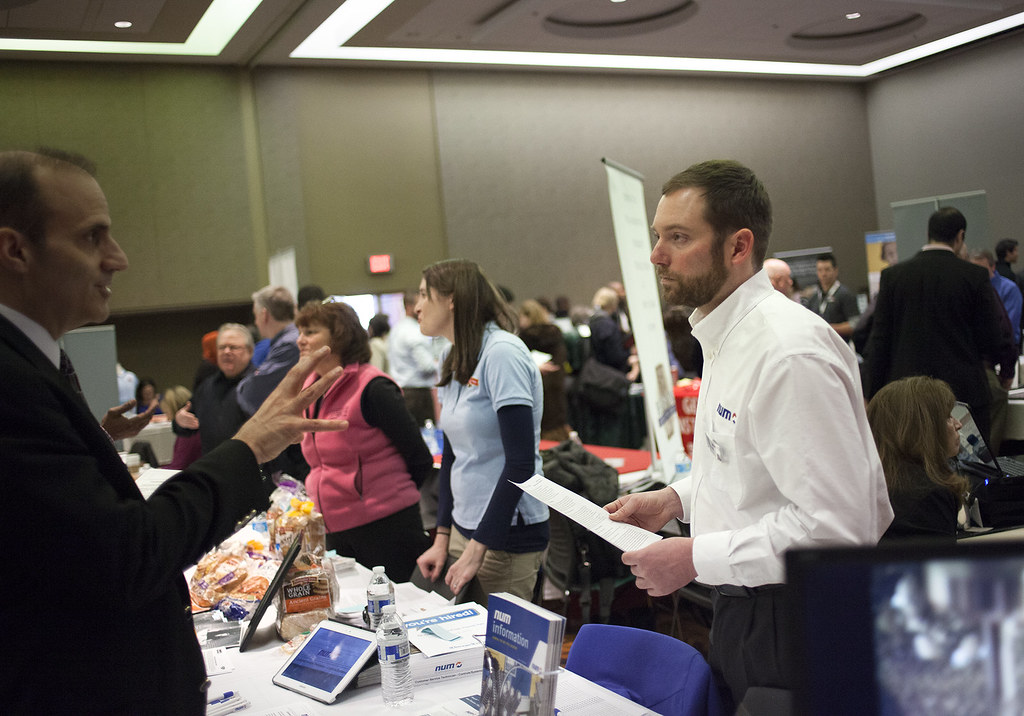
3. **Disregarding Visa Sponsorships**: In an increasingly globalized world, the ability to work across borders is a key aspect of the modern tech talent pool. Yet, another controversial aspect revealed by the leaked recruitment memo concerns visa sponsorships. The document, if authentic, made it “very clear that visa sponsorships are not on the priority” as it explicitly restricted hiring to U.S. citizens, permanent residents, and Canadians. This effectively shuts out a significant portion of international talent that relies on visa support to work in the U.S. tech industry.
This practice carries considerable implications, particularly for a tech sector that thrives on a diverse, international workforce. Many highly skilled software engineers and AI/LLM specialists come from countries around the globe, seeking opportunities in leading tech hubs. By deprioritizing visa sponsorships, companies might inadvertently limit their access to a wider talent pool, potentially hindering their ability to find the absolute best candidates for specialized roles.
The move also raises questions about the industry’s commitment to global talent and inclusivity. While national hiring preferences can be a complex issue, an explicit internal guideline to restrict hiring based on citizenship status, especially when top global talent often requires sponsorship, feels exclusionary. It risks being seen as a retreat from the global nature of tech, prioritizing domestic candidates even when equally or more qualified international candidates are available, making it a significant barrier for many.
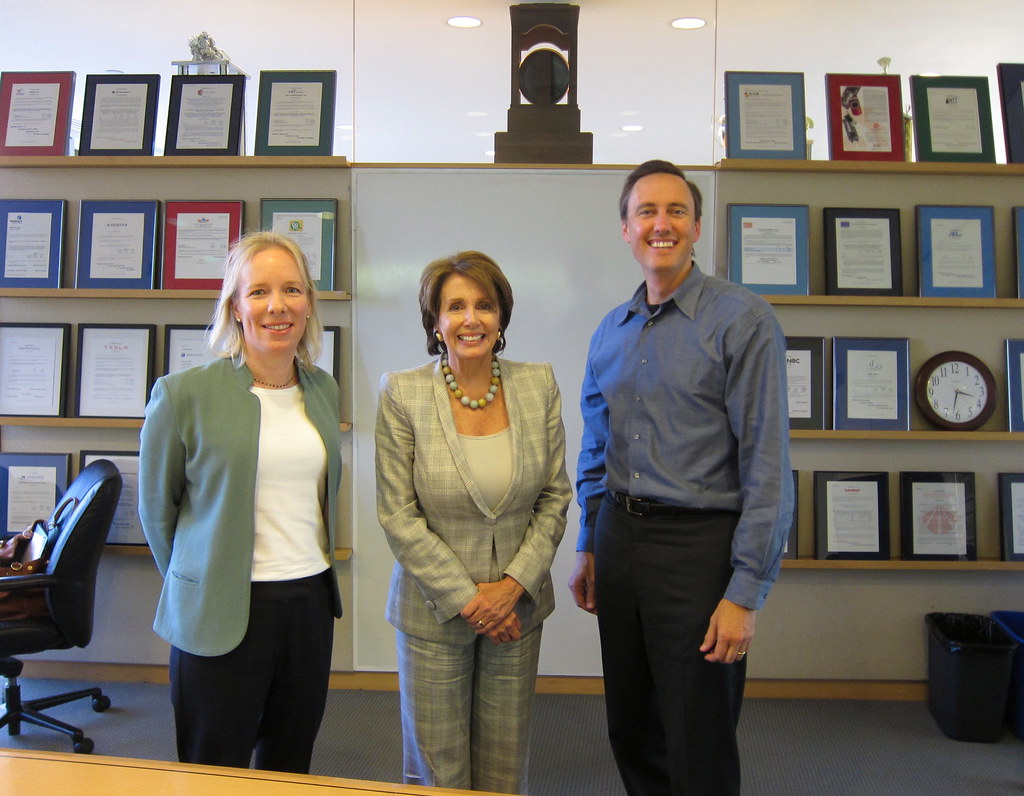
4. **Age, Race, and Disability Discrimination via AI**: Moving from leaked memos and into the courtroom, a major tech firm, Workday, is currently facing a collective action lawsuit that alleges its job applicant screening technology is discriminatory. This high-profile case shines a spotlight on one of the most significant and unsettling controversies in modern hiring: the potential for AI and algorithms to perpetuate, or even exacerbate, discrimination based on protected characteristics like age, race, and disabilities.
The lawsuit, following an order by a California district judge, centers on a man named Derek Mobley, who claims Workday’s algorithms caused him to be rejected from over 100 jobs on the platform over seven years. He attributes these rejections directly to his age, race, and disabilities. This is a huge deal, as it could set a powerful precedent for whether and how companies can legally use AI in their hiring decisions, especially as more and more organizations adopt this technology.
Mobley’s experience, joined by four other plaintiffs with age discrimination allegations, paints a concerning picture. All over the age of 40, they submitted hundreds of applications through Workday, only to face consistent rejections, sometimes within minutes or hours. This rapid-fire dismissal strongly suggests an automated process lacking human nuance and raising serious alarms about the fairness and transparency of the algorithmic gatekeepers.
Read more about: Beyond the Red Carpet: Unpacking the Critical Morality and Mental Health Clauses in Celebrity Contracts

5. **Disproportionate Age Discrimination by AI**: A deeper dive into the Workday lawsuit reveals striking allegations that specifically target age discrimination. The plaintiffs, all over the age of 40, claim that Workday’s algorithm “disproportionately disqualifies individuals over the age of forty (40) from securing gainful employment” when it screens and ranks applicants. This isn’t a subtle bias; it’s an alleged systemic barrier impacting a demographic often rich with experience, wisdom, and proven capabilities.
The notion that AI, a tool specifically designed to streamline and theoretically optimize hiring, could be a primary source of ageism is deeply concerning. In many industries, particularly tech, experience is invaluable. Yet, if an algorithm is systematically filtering out seasoned professionals, it’s not just unfair to the individuals; it’s a loss for the companies that could benefit immensely from their wisdom and leadership. The very fact that rejections sometimes occur within minutes or hours, as alleged, points to an automated process that inherently lacks human nuance.
The American Civil Liberties Union, for example, has already warned that AI hiring tools “pose an enormous danger of exacerbating existing discrimination in the workplace.” This lawsuit provides a concrete example of those fears manifesting. If experienced candidates are being automatically discarded, it leads to a pool of applicants that might be skewed towards younger, less experienced individuals, not necessarily because they are more qualified, but because the algorithm has a built-in, unacknowledged preference. This demands rigorous auditing of AI systems for unintended biases, questioning if accumulated experience becomes a liability by design.
Read more about: Beyond the Surface: An In-Depth Look at 14 Persistent Facets of Mental Health Stigma and How We Drive Towards Change

6. **AI Bias from Training Data**: The root issue behind many allegations of AI discrimination, including those against Workday, often boils down to how these systems are trained. Experts widely agree that AI hiring tools can demonstrate bias even if companies never explicitly instruct them to favor certain categories of people. The problem arises because these systems are frequently trained on the resumes or profiles of existing employees. Here’s where it gets tricky: if a company’s current workforce is largely male, or predominantly white, or skews younger, the AI could inadvertently infer that the “most successful” or “best fit” candidates should share those same characteristics.
This is a classic “garbage in, garbage out” scenario, but with more insidious implications. The AI isn’t actively malicious; it’s simply learning patterns from the data it consumes. If that historical data reflects existing societal or organizational biases, the AI will learn and then amplify those biases in its recommendations. This means that instead of creating a more equitable hiring process, the technology reinforces and even “exacerbate historical and existing discrimination,” as stated in Mobley’s original complaint.
This inherent flaw in training data can lead to a vicious cycle. A biased historical dataset leads to a biased AI, which then helps select a biased new workforce, further perpetuating the initial bias in future training data. The technology, while seemingly neutral, becomes a silent agent in maintaining the status quo, rather than actively challenging it to create a truly diverse and inclusive workplace. This highlights the immense responsibility involved in developing and deploying AI in critical areas like human resources, requiring vigilance in data quality and active de-biasing of historical records to ensure objective and equitable hiring.
Read more about: Beyond Stone and Bronze: Unflinching Histories of America’s Most Controversial Monuments
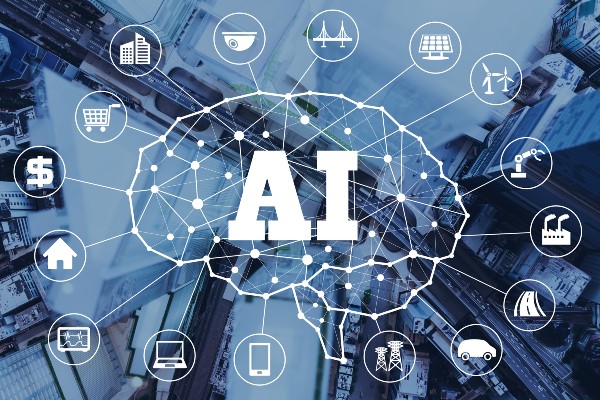
7. **AI Screening for Irrelevant Characteristics**: Sometimes, AI bias manifests in ways that seem almost absurd, yet have very real consequences for job seekers. Hilke Schellmann, an investigative reporter and assistant professor at New York University, recounted a striking example of a resume evaluation tool that awarded more points to resumes with the word “baseball” over ones that listed “softball.” This wasn’t for a sports-related job, mind you, but “some random job that had nothing to do with sports.”
This anomaly arose because the AI’s statistical analysis found “baseball” significant, likely from a demographic skew in past successful resumes. As Schellmann explained on CNN’s Terms of Service podcast, “of the resumes the parser analyzed, maybe there were a bunch of people who had ‘baseball’ on their resume and the tool did a statistical analysis and found out, yeah, it’s totally significant.” The critical failure here is that the AI “wouldn’t understand, ‘wait a second, baseball has nothing to do with the job’.”
This seemingly innocuous detail highlights a profound problem: AI’s fundamental lack of contextual understanding and common sense. It identifies correlations without comprehending causation or relevance. If a company’s past successful employees disproportionately listed “baseball” as a hobby (perhaps due to a gender-based demographic skew), the AI might mistakenly tag it as a positive indicator, even if it’s completely irrelevant to job performance. Conversely, “softball,” often associated with women, could then become a subtle negative signal. Such instances underscore how AI, without careful design and oversight, can embed and amplify gender or other demographic biases based on arbitrary historical data, unfairly penalizing highly qualified candidates for reasons entirely outside their professional capabilities.
Now that we’ve glimpsed the subtle (and not-so-subtle) biases woven into tech hiring, let’s peel back another layer. We’re moving beyond just the existence of AI bias to the very systems that allow it to flourish—the opaque algorithms, the corporate motivations, and the growing calls for accountability. Plus, we’ll dive into another major hot-button issue: the contentious debate surrounding H-1B visas and their impact on the American tech workforce. Get ready to have your understanding of fair hiring challenged once again.

8. **Opaque AI Algorithms and Lack of Transparency**One of the most unsettling aspects of AI in hiring is its black-box nature. You apply for a dream job, submit your meticulously crafted resume, and then… crickets. Or worse, a rejection email arrives within minutes or hours, making it clear no human ever even glanced at your application. This rapid-fire dismissal, like the one Derek Mobley allegedly experienced with Workday, highlights how automated these processes are, yet companies often deny their technology makes hiring decisions.
Workday, for instance, maintains it doesn’t screen prospective employees for customers and that its technology doesn’t make hiring decisions. But when you’re facing rejection after rejection, sometimes less than an hour after applying, it’s hard to believe there isn’t some kind of algorithmic gatekeeper at play. The process is so fast, it inherently lacks the human nuance you’d expect from a thorough review, leaving candidates completely in the dark about why they were passed over.
It’s not just the speed that raises eyebrows; it’s the sheer lack of explanation. Investigative reporter Hilke Schellmann points out that job candidates rarely ever know if these AI tools are the *sole* reason for rejection. This opacity is a significant barrier, preventing applicants from understanding—or challenging—the automated assessments that dictate their professional futures.
Jill Hughes, another plaintiff in the Workday lawsuit, shared a similar experience, receiving automated rejections “often received within a few hours of applying or at odd times outside of business hours.” To add insult to injury, some of these emails erroneously stated she didn’t meet minimum requirements, further underscoring the impersonal and often inaccurate nature of these opaque algorithmic decisions. As Mobley’s original complaint bluntly states, “Algorithmic decision-making and data analytics are not, and should not be assumed to be, race neutral, disability neutral, or age neutral.”
Read more about: The Silent Passenger: How Car Manufacturers Are Covertly Tracking Your Driving Habits and What It Means for Your Digital Life

9. **AI’s Fundamental Inaccuracy: Overlooking Qualified Candidates**Beyond just being opaque, the hard truth is that AI hiring tools often fall flat when it comes to accurately identifying the *best* candidates. Hilke Schellmann, a leading voice on AI in hiring, believes the biggest risk isn’t that machines will take our jobs, but that they’ll prevent us from getting them at all. She remains skeptical that these tools consistently pick out the most qualified individuals, citing numerous instances where they actively filter out promising talent for arbitrary reasons.
Remember the bizarre example of a resume evaluation tool giving more points to “baseball” over “softball” for a non-sports-related job? That’s not just a funny anecdote; it’s a glaring symptom of AI’s inability to grasp context. If past successful hires happened to like baseball, the AI statistically latched onto it, regardless of relevance. Even more alarming, one user, after being screened out, simply tweaked their birthdate to appear younger and then magically landed an interview—a stark illustration of how easily AI can perpetuate age bias.
Schellmann’s own investigative work unveiled further flaws. She once applied for a call center job, deliberately speaking “nonsense German” during an AI-screened interview that was supposed to be in English. Shockingly, she received a high rating for the interview, while her actual relevant credentials on her LinkedIn profile received a poor rating. This bizarre outcome reveals a system that can be easily tricked or simply fails to accurately weigh professional qualifications against superficial metrics.
Even big players aren’t immune to these missteps. In a prominent case from 2018, Amazon actually ditched its automated job candidate ranking tool after discovering it consistently favored male applicants over women. This kind of self-correction, while positive, underscores how deeply ingrained biases can become within these systems, even when the intention is to streamline and optimize. It’s a wake-up call that “optimizing” doesn’t always equate to “fair” or “accurate.”
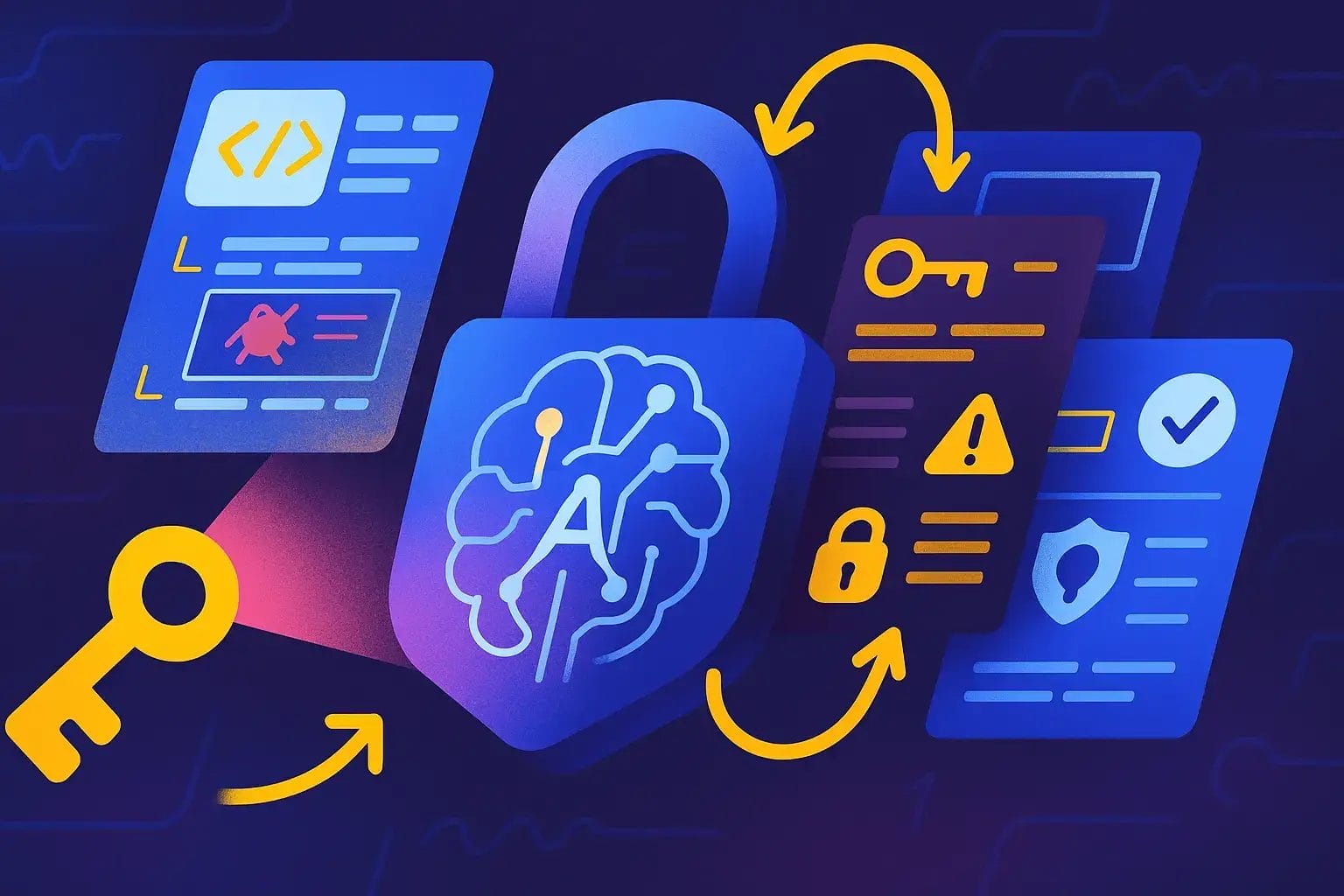
10. **The Corporate Pressure to Adopt Flawed AI**So, if AI hiring tools are often opaque, inaccurate, and prone to bias, why are companies rushing to adopt them? The answer, as always, often boils down to the bottom line. Businesses are increasingly relying on AI screening “to improve recruiting and human resources,” with 42% of companies using it and another 40% considering it, according to a late-2023 IBM survey. The appeal is clear: saving money by replacing human HR staff and processing mountains of resumes in a fraction of the time.
However, this drive for efficiency often comes at the expense of thoroughness and fairness. Schellmann expresses concern that screening-software companies are “rushing” underdeveloped, even flawed products to market, eager to cash in on the burgeoning demand. This profit-first mentality means tools might be pushed out before they’re truly robust, reliable, or equitable.
Adding to the problem is a wall of silence. As Schellmann explains, “Vendors are not going to come out publicly and say our tool didn’t work, or it was harmful to people.” Companies who use these tools are equally tight-lipped, often “afraid that there’s going to be a gigantic class action lawsuit against them” if they admit to algorithmic flaws. This lack of transparency means biases can fester, unaddressed, affecting countless job seekers.
The potential scale of harm is immense. While “one biased human hiring manager can harm a lot of people in a year,” Schellmann warns, “an algorithm that is maybe used in all incoming applications at a large company… that could harm hundreds of thousands of applicants.” The sheer reach of these systems means that even small biases can have a cascading, devastating impact on entire demographics, creating an even more unequal workplace.
Read more about: Beyond the Sound Barrier: An Exclusive Look Inside Concorde’s Legendary Luxury and Engineering Marvels

11. **Calls for Oversight and Ethical AI Development**Given the pervasive issues, it’s no surprise that a chorus of voices is calling for greater oversight and a more ethical approach to AI in hiring. Organizations like the American Civil Liberties Union (ACLU) have sounded the alarm, warning that AI hiring tools “pose an enormous danger of exacerbating existing discrimination in the workplace.” The stakes are high, and merely hoping for the best isn’t an option.
Experts emphasize that AI’s potential to be unbiased and fair isn’t just an ethical ideal, but also a smart business move. As Sandra Wachter, professor of technology and regulation at the University of Oxford’s Internet Institute, eloquently puts it, “Having AI that is unbiased and fair is not only the ethical and legally necessary thing to do, it is also something that makes a company more profitable.” Fairer, more equitable decisions based on merit ultimately benefit the company’s bottom line.
Wachter is actively working towards solutions, co-creating the Conditional Demographic Disparity test, a publicly available tool. This “alarm system” notifies companies if their algorithm is biased and provides the opportunity to pinpoint and adjust the decision criteria causing the inequality. It’s a proactive step towards building fairer and more accurate systems, and it’s already being implemented by tech giants like Amazon and IBM.
Ultimately, the responsibility doesn’t just lie with individual companies or developers. Schellmann is a strong advocate for industry-wide “guardrails and regulation” from governments or non-profits. Without such intervention, she fears that despite the promises of efficiency, AI could paradoxically lead to a future workplace that is even more unequal than the one we have today. The time for passive observation is over; active intervention and ethical design are crucial.
Read more about: A Deep Dive into the Regulatory Storm: The NHTSA’s Extensive Investigations into Tesla’s Self-Driving Systems and Their Broader Implications

12. **Mass Layoffs Amidst Surging H-1B Visa Filings**Shifting gears from algorithmic dilemmas, let’s dive into another contentious area: the H-1B visa program. US senators, including Judiciary Committee chairman Chuck Grassley and ranking member Dick Durbin, have been scrutinizing major IT giants like Apple, Amazon, Meta, Google, Microsoft, Deloitte, JP MorganChase, Walmart, TCS, and Cognizant, demanding details on their hiring practices. Their concern stems from a deeply troubling trend in the tech industry.
The core of the controversy is stark: “We are concerned about some troubling employment trends in the tech industry,” Grassley and Durbin wrote in letters to these major employers. They highlighted that companies have been conducting “massive, ongoing layoffs” of American tech workers over the past few years. Yet, “at the same time you have been laying off your employees, you have been filing H-1B visa petitions for [thousands of] foreign workers.” This juxtaposition has naturally sparked outrage and questions about corporate responsibility.
Take Tata Consultancy Services (TCS), for example. The senators noted that the Mumbai-based company announced plans to lay off over 12,000 employees worldwide, including US staff, in a fiscal year. Specifically, nearly 60 employees were slated for retrenchment from its Jacksonville office alone. In direct contrast, TCS received US government approval to hire 5,505 H-1B employees in FY25, making it the second-largest employer of newly-approved H-1B beneficiaries in the US.
This inquiry comes at a time when the unemployment rate in America’s tech sector is “well above” the overall jobless rate, and recent American graduates with STEM degrees face higher unemployment rates than the general population. The senators minced no words, stating, “With all of the homegrown American talent relegated to the sidelines, we find it hard to believe that TCS cannot find qualified American tech workers to fill these positions.” It’s a direct challenge to the narrative that domestic talent is insufficient.
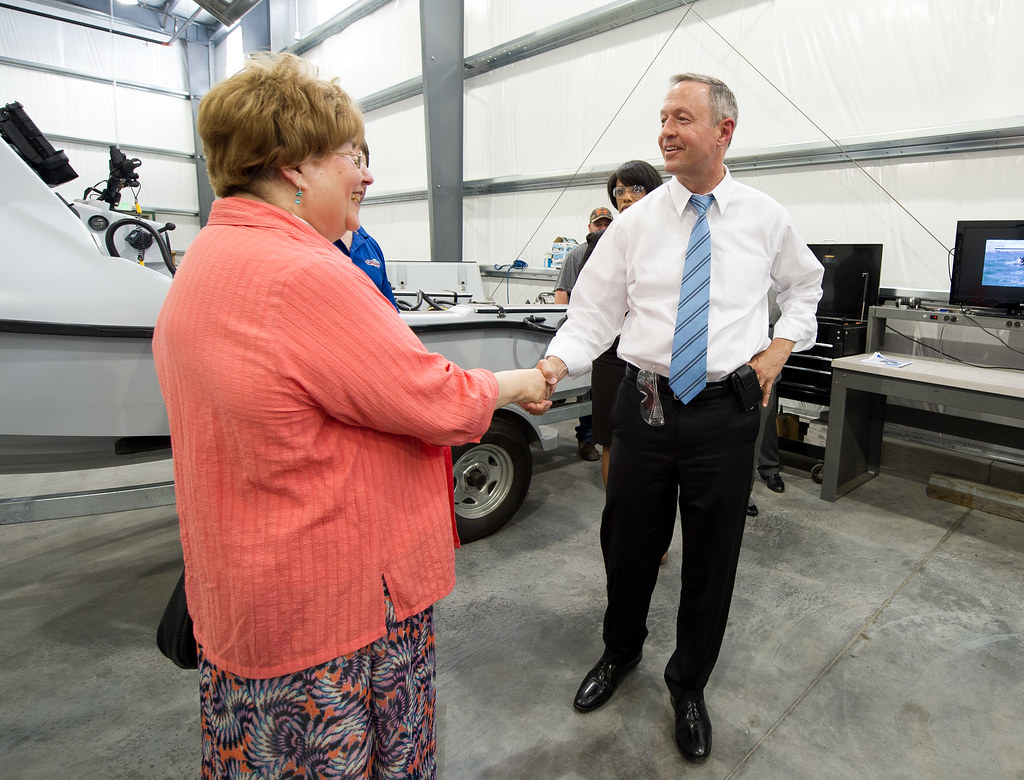
13. **Direct Allegations of American Worker Displacement**Beyond just the questionable optics of layoffs coinciding with H-1B filings, there are direct accusations of American workers being displaced by their H-1B counterparts. Senators Grassley and Durbin explicitly pressed TCS on this, asking in their letter, “Has TCS displaced any American employees with H-1B employees?” This isn’t just a hypothetical question; it’s a pointed inquiry into real-world impact.
The issue is further compounded by existing investigations. The letter to TCS pointed out that the company was “already under investigation by the Equal Employment Opportunity Commission for allegedly firing older American workers in favour of newly hired South-Asian H-1B employees.” This specific allegation of age and national origin discrimination adds significant weight to the senators’ concerns about displacement.
Such practices, if proven true, directly contradict the stated purpose of the H-1B visa program, which is meant to fill specialized roles where domestic talent is scarce, not to replace qualified American workers. The senators’ stern tone in their letter makes it clear they view such actions as undermining fair employment practices and failing to make “good faith effort” to prioritize American talent.
Read more about: 12 ’70s Game-Changers That Honestly Just Didn’t Age Well (Brace Yourself for the Aftermath!)

14. **Questionable H-1B Recruitment and Wage Discrepancies**The senators’ scrutiny extended to the very mechanics of H-1B recruitment, probing whether companies are playing fair in how they advertise and compensate these positions. They questioned TCS, for instance, on whether it “hides H-1B recruitment ads by listing them separately from general hiring ads.” If true, this could make it harder for qualified American workers to even discover and apply for jobs that might otherwise be filled by H-1B visa holders.
Another point of contention involves the outsourcing of hiring. The senators asked whether TCS “outsources any hiring to contractors or staffing firms that place H-1B workers within the organisation.” This practice could create an additional layer of opacity, potentially bypassing direct applications from American candidates and funnelling opportunities towards those who specifically seek H-1B employment.
Perhaps most critically, the inquiry delved into wage parity. Grassley and Durbin demanded to know: “Are your company’s H-1B hires provided the same salary and benefits as your American workers with the same qualifications? Please provide specific details.” This question directly addresses the concern that some companies might use H-1B visas as a way to access lower-cost labor, undercutting American workers and creating an uneven playing field based on visa status rather than merit or experience.

15. **The Rising Financial Costs and Future of H-1B Visas**The landscape of H-1B visas is also evolving financially, adding another layer to its controversy. Former US President Donald Trump signed a proclamation that significantly raised the fee for new H-1B visas, escalating the costs for companies seeking to bring in foreign skilled labor. This policy shift introduces a substantial financial hurdle that impacts the overall strategy of tech companies.
Specifically, the fee for new H-1B visas surged to a “steep $100,000” from a previous range of “$2,000-$5,000,” depending on employer size and other factors. This dramatic increase is projected to potentially boost fresh application costs to an astounding “$500 million annually” in cases where an estimated 5,000 filings begin in a financial year. Such a significant financial burden inevitably influences companies’ decisions on how they staff their tech roles.
While this increased cost might be seen by some as a deterrent to companies that might otherwise over-rely on H-1B workers, it also adds another layer of complexity to an already intricate system. It forces companies to re-evaluate their global talent strategies and the economic viability of employing H-1B visa holders. The debate surrounding H-1B visas is far from settled, and these rising costs only serve to intensify the discussions about balancing global talent needs with the protection of the domestic workforce, making it a critical point of contention in the tech industry’s hiring playbook.
The journey through these controversial tech hiring practices, from algorithmic biases to H-1B complexities, reveals a fascinating, if sometimes frustrating, truth: the tech industry, for all its futuristic promise, still grapples with deeply human issues of fairness, equity, and opportunity. It’s a landscape constantly shifting, powered by innovation, but also constrained by ingrained biases and economic pressures. As we move forward, the conversation isn’t just about what’s technologically possible, but what’s ethically imperative. It’s about building a future where groundbreaking careers are accessible to *everyone*, not just those who fit a narrow, often unseen, mold.



